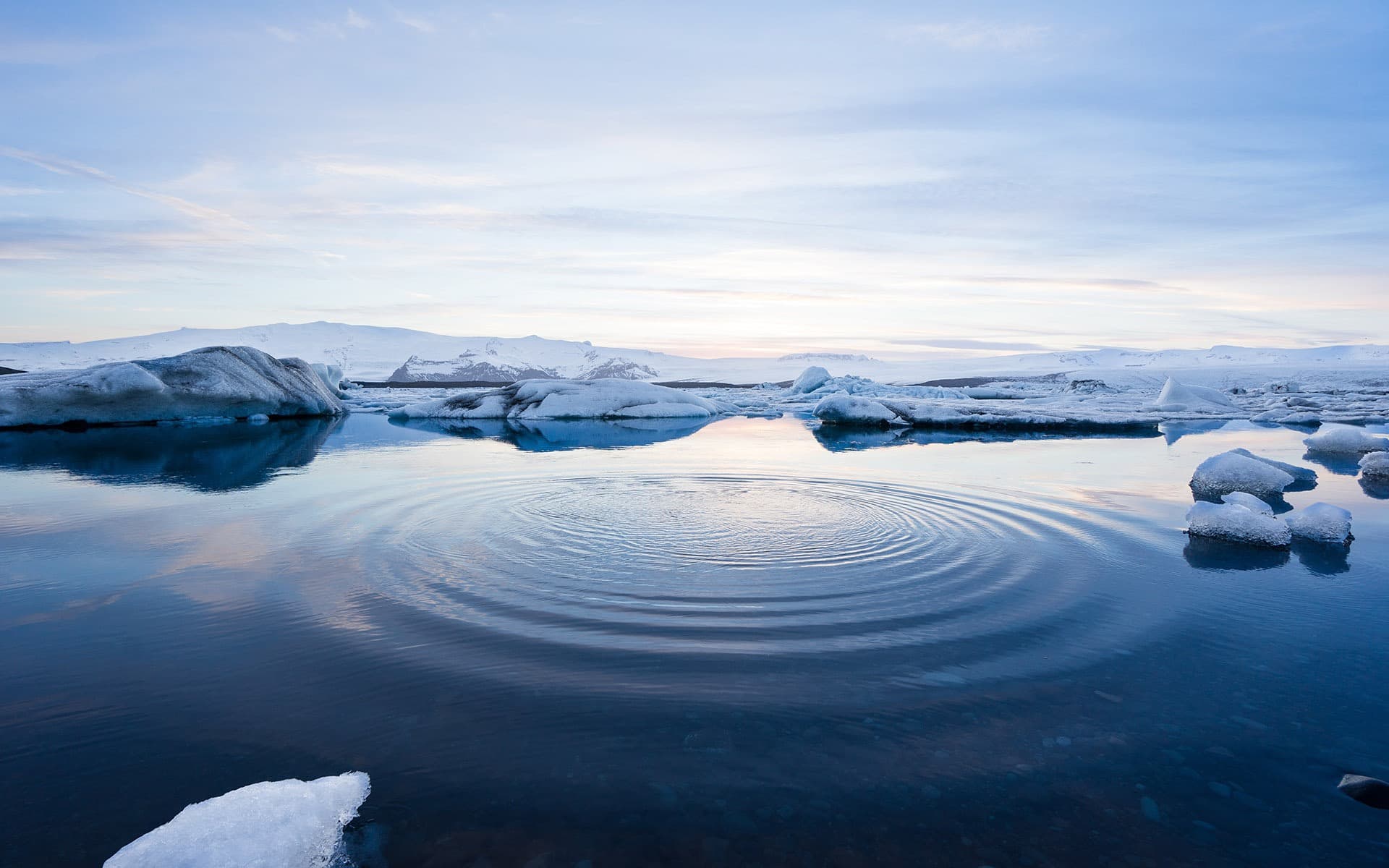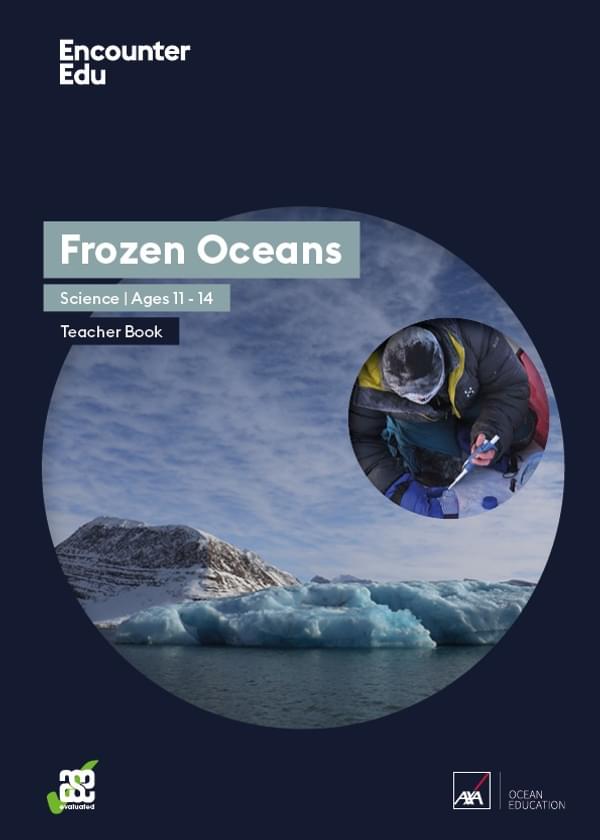How does the ocean move?

This demonstration will help you understand that the ocean is not like a swimming pool where the water is stationary, but more like a river with deep currents. You will be able to see how different types and densities of water behave and how this behaviour drives the whole system of ocean circulation.
Ages 8+
15 minutes
(and preparation the day before)
Part of:
AXA Ocean EducationOcean circulation relies on different densities of water falling and rising. The density of water is affected by salinity and temperature. With this demonstration, you can understand how the ocean behaves more like a river with deep currents. This activity looks at just the impact of temperature, but you can experiment with salt as well, with some guidance in the 'Further ideas' section below.
Activity preparation
Arctic water (blue)
- Ice cubes made with blue food dye
Gulf Stream water (red)
- Put some hot water in a glass and add red food dye
Activity steps
- Fill your jug or container with cold water from the tap.
- Take your Arctic water ice cubes from the freezer and place them in the jug.
- Observe what happens.
- Place the straw all the way to the bottom of glass of hot red water.
- Pinch the top or place a finger over the top to use the straw like a pipette.
- Use this to add the hot water as close to the bottom of the jug or container by releasing the end of the straw.
- Observe what happens.
Reflection
- How did the water melting from the ice cube behave?
- Why do you think this is?
- How did the hot water behave?
- Why do you think this is?
- Did you expect the different waters to behave in this way?
The ocean is formed of layers of water of different temperatures that rise and fall helping to drive the ocean currents.
Further ideas
Try the activity again using some salty water. Just add a few teaspoons of salt to a glass of hot water and let it cool. You could add a different colour of food dye. Then use the straw pipette method described above to add it to the surface of your 'ocean'.
To do this activity like a scientist, you would need to make some predictions about how the different types of water might behave. These predictions are called hypotheses. Scientists then carry out a test to see whether their ideas are correct by observing. The next stage would be to think about what is causing the observed behaviour. Look at the 'Find out more' tab to learn about the science behind ocean circulation.
Safety guidance
- You do not need to use boiling water, hot water from the tap is fine.
- Do not drink dyed water.
- Report any spills to an adult.
Brought to you by


